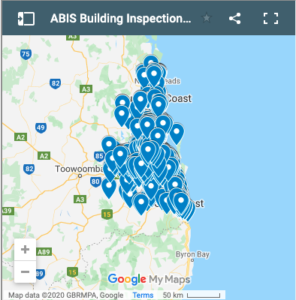Yeronga (4104)
Located 7 km from the centre of Brisbane, Yeronga (4104) may have been named after the home of Charles Buzacott. In 1823, ex-convict timber getters, Pamphlett, Finnigan and Parsons followed the Brisbane River through Yeronga as they travelled north. Shortly after, the Moreton Bay penal colony was established in 1825 where Brisbane is today, with free settlers such as Edward Cooke first buying surrounding land in 1854. Yeronga was originally agricultural farmland of cotton,sugar, potato, and dairy farms, the last of these being subdivided for housing estates in the 1950s. A coal mine was short lived. Industrial areas were established with paint and appliance factories, and a timber yard although all have since closed. Urban settlement followed in the wake of the railway. Today Yeronga is undergoing further urban renovation and revival with medium to high density unit development. However, it continues to be surrounded by extensive parklands with recreational facilities adjacent the Brisbane River.
Yeronga is well serviced by rail both north to Brisbane and to southern suburbs, the latter provided in 1891, first as trams, then as rail, electrified in 1984. Various bridges, including Merivale and the Goodwill bridges have connected Yeronga to Brisbane for cycle, vehicular, rail, and pedestrian traffic. Bus services which commenced in 1940 also provide regular access to Brisbane city and surrounding suburbs.
To cater for its residents, Yeronga has several neighbourhood shopping strips with retailers,supermarkets, restaurants, and medical facilities etc., a waste water treatment plant, a retirement village, about four schools, a TAFE College and easy access to the University of Queensland, St Lucia. However its position adjacent the Brisbane River makes Yeronga vulnerable to flooding as has occurred in 1974 and 2011 with wide ranging damage.
In 2011, 5500 people lived in Yeronga, their average age being 34 years. Most residents were Anglo-Australian with Indian being a notable minority. Apart from English, Greek and Mandarin were also spoken at home.




